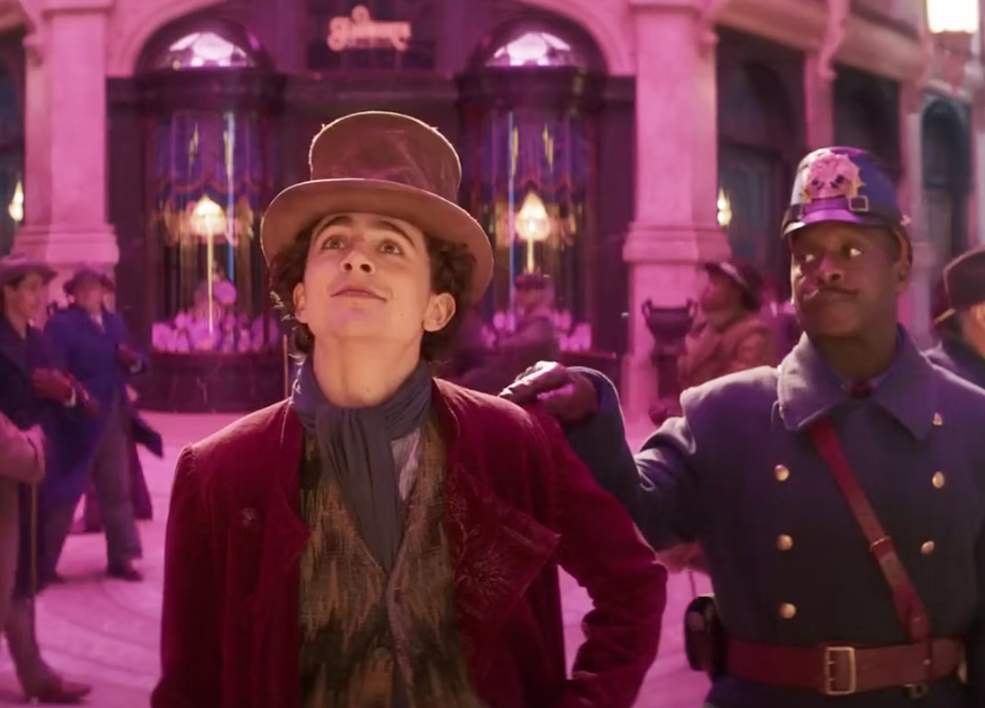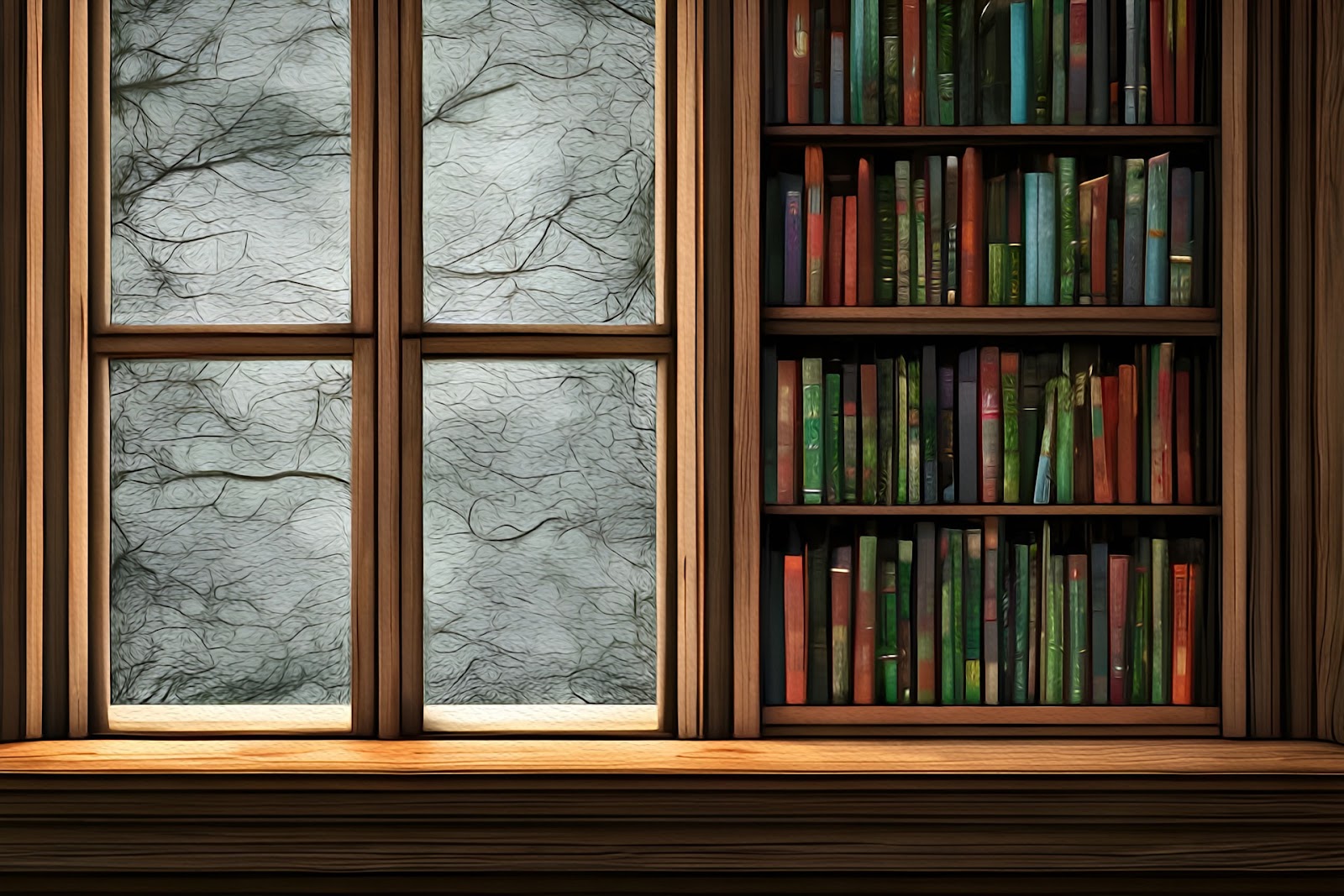5
minute read
Roald Dahl’s books have sold 300m copies and he’s known as one of the greatest children’s storytellers of the 20th century but there’s much more to his sneaky story.
With Wonka inspiring cinema enthusiasts, SPYSCAPE ran a background check on the man who created the world’s most famous chocolatier: Roald Dahl, the sly British spy and author who ingeniously wove intrigue into his literary tales.
Dahl wasn't simply a children’s writer. He soared as a decorated RAF pilot during WWII, invented a life-saving brain valve that saved his son's life after a road accident, and brought laughter to millions with his darkly creative short stories - six of them turned into TV dramas by Alfred Hitchcock.
Dahl's legacy is a rollercoaster of resilience, invention, and heroism. So who was the RAF fighter pilot and what, exactly, was he doing skulking around the spies and shadows of Washington, D.C., and New York City?

Dahl: from fighter pilot to author
Dahl - named after polar explorer Roald Amundsen - was born in Cardiff, Wales, in 1916 to affluent, immigrant parents from Norway. He was raised mainly in England and, with the onset of WWII, joined Britain’s Royal Air Force.
Dahl had advanced training on Hawker Harts near Baghdad, Iraq, and was assigned to No. 80 Squadron in Egypt where he flew an obsolete Gloster Gladiator and embarked on a perilous mission in September 1940. Dahl got lost in the desert, crash-landed his Gladiator, fractured his skull, and temporarily lost his sight. Despite his injuries, he managed to crawl out of the burning Gladiator and was found unconscious by a search party.
Miraculously, after months of recovery, Dahl rejoined No. 80 Squadron in Athens and flew a Hurricane Mk1, the first aircraft he’d flown with an enclosed cockpit. The blackouts he suffered as a result of the crash made it too dangerous to continue flying, however, so Dahl was posted to Washington, D.C., working in a PR role where he worked with journalists and wrote about his North African exploits for the Saturday Evening Post.
His writing had two purposes. It gave Dahl a break from the headaches and he could use his experiences as a wounded fighter pilot to help tie the Americans more closely to the British war effort, biographer Donald Sturrock writes in Storyteller: The Authorized Biography of Roald Dahl.

Spying in the US
Dahl was recruited by the British Security Coordination (BSC), a covert spy network established by the MI6 intelligence service to spy on the US. The BSC reportedly had 1,000 agents at its peak and was overseen by Scottish-Canadian industrialist William Stephenson (codename Intrepid). They worked out of Rockefeller Center in New York City, at the time a veritable spy factory with agents from the FBI, OSS (precursor to the CIA), MI6, and Soviet operatives all lurking about its hallways. Dahl's friends included British Naval intelligence officer and James Bond creator Ian Fleming who also spent time in New York and at Camp Hero near Toronto, Canada.
Sturrock said it’s unclear exactly when and how Dahl fell into espionage but it was likely after arriving in the US. Dahl’s job appears to have been two-fold. He was an expert in disinformation and planting pro-British / anti-Nazi stories in the US press to rally Americans to join the war effort and stay the course. Dahl also used his social connections to cozy up to power brokers. Dahl played tennis with Vice President Henry Wallace and, in 1943, Dahl spent a weekend with President Franklin D. Roosevelt, later submitting a 10-page report to the British outlining his insights.
After publishing his first children’s book, The Gremlins, in 1943 Dahl moved in powerful corporate circles as well. He personally met Walt Disney who bought the film rights to The Gremlins and also dined at the White House with First Lady Eleanor Roosevelt, another fan. Dahl’s 1953 marriage to American actress Patricia Neal gave him an entree into Hollywood circles.





